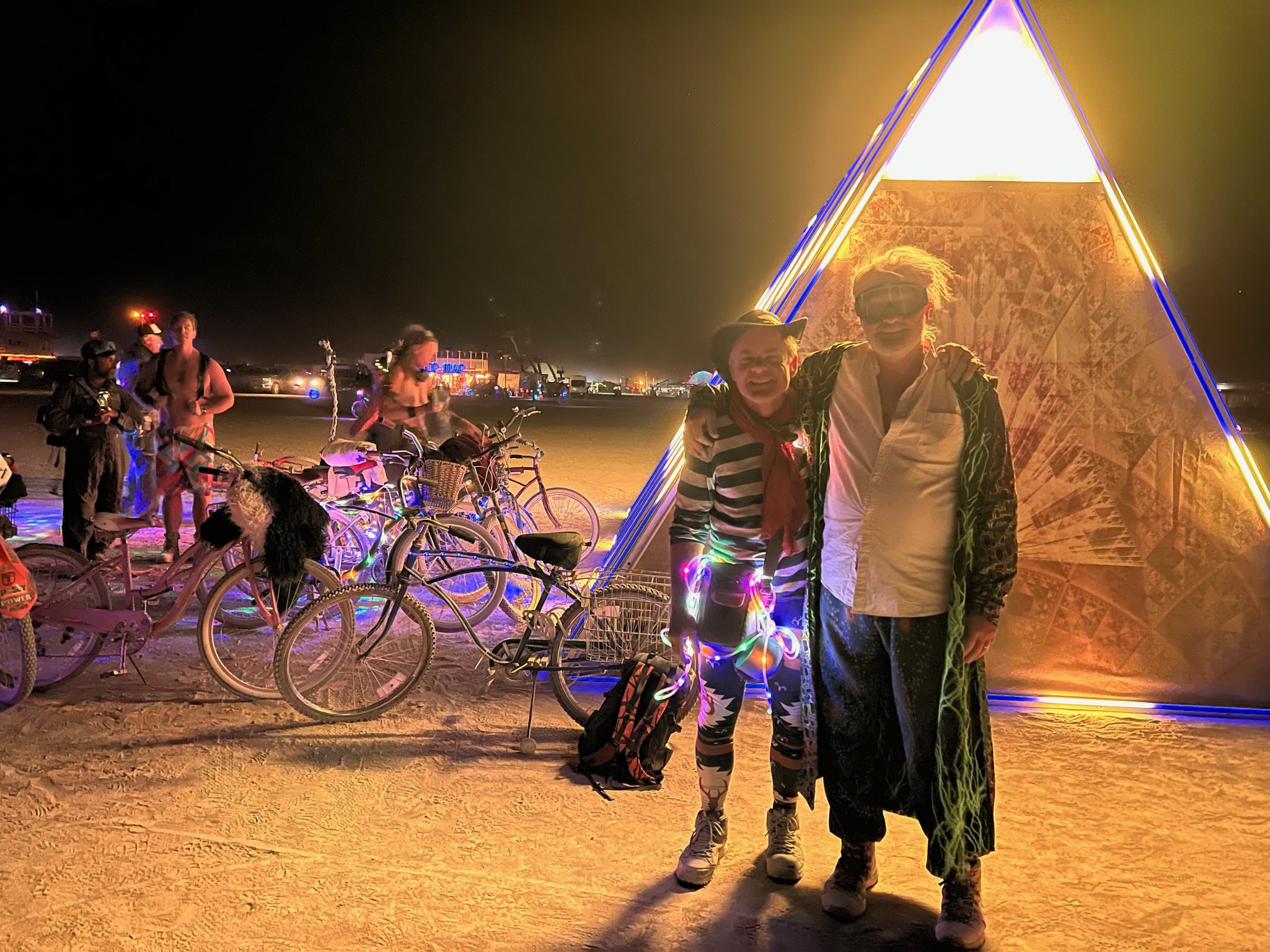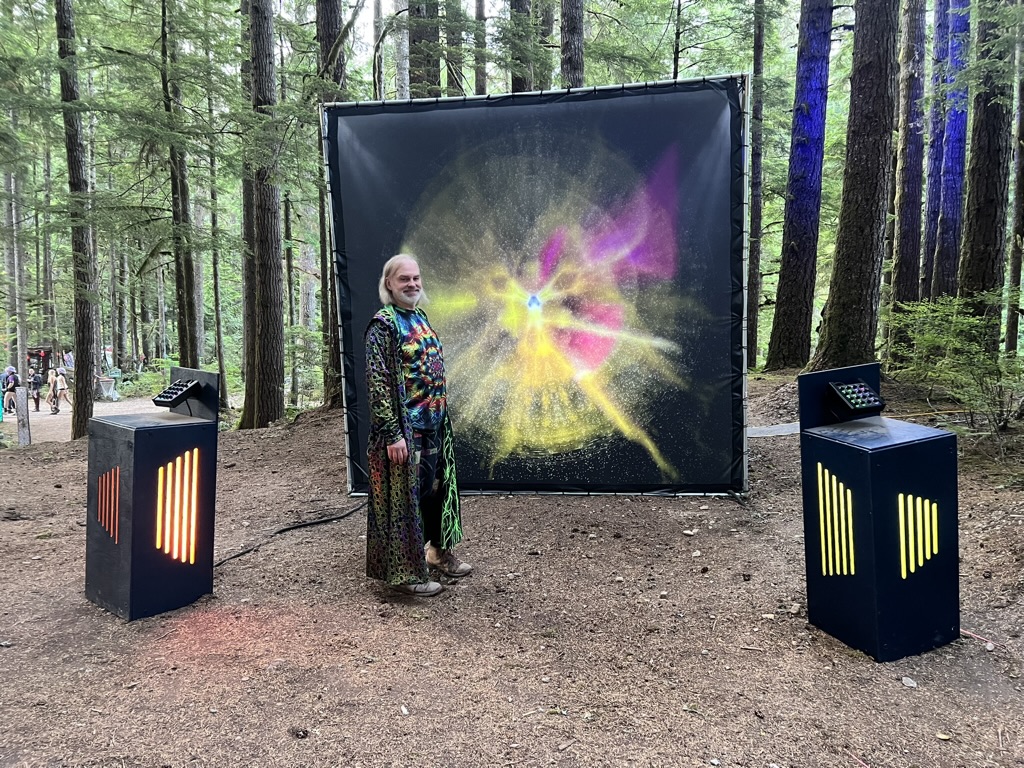
Welcome To VIXT
Art from the other side




Creating Connection Between Art And Audience
Each installation is lovingly hand-crafted to explore and expand the boundaries of the possible, building on what’s come before.

The immediately intuitive controls, playful interactions and mesmerizing experience create joyful memories and incredible photo-ops.



Participation is the basis for everything. Dynamic control over synchronized sound and visuals create an intensely engaging experience.

Each piece has many moods and subtleties, along with multiple levels of meaning that penetrate deeply into the subconscious.

2025
A strange cubical artifact, taller than a human, has been
left in the forest. Low throbbing sounds emanate from within the cube. What is the meaning, and what bizarre alien intelligence created this?
2024
An immense kaleidoscope makes reality drop away: infinitely reflected morphing video images synced to an ever-changing soundscape, all controlled and played by an inscrutable set of glowing knobs. Mind blown.


2023
A giant kaleidoscope so big you can put your head inside, with mesmerizing images and sounds controlled by knobs and keys.
Testimonials
“This created such an emotional connection and had so many moods! Is it for sale?”

“This was, by far, my favorite piece of art. Not just this year, but any year, and I’ve been coming for 12 years.”

“Knobs! If you like knobs, you’ll love this! Try it out!”
